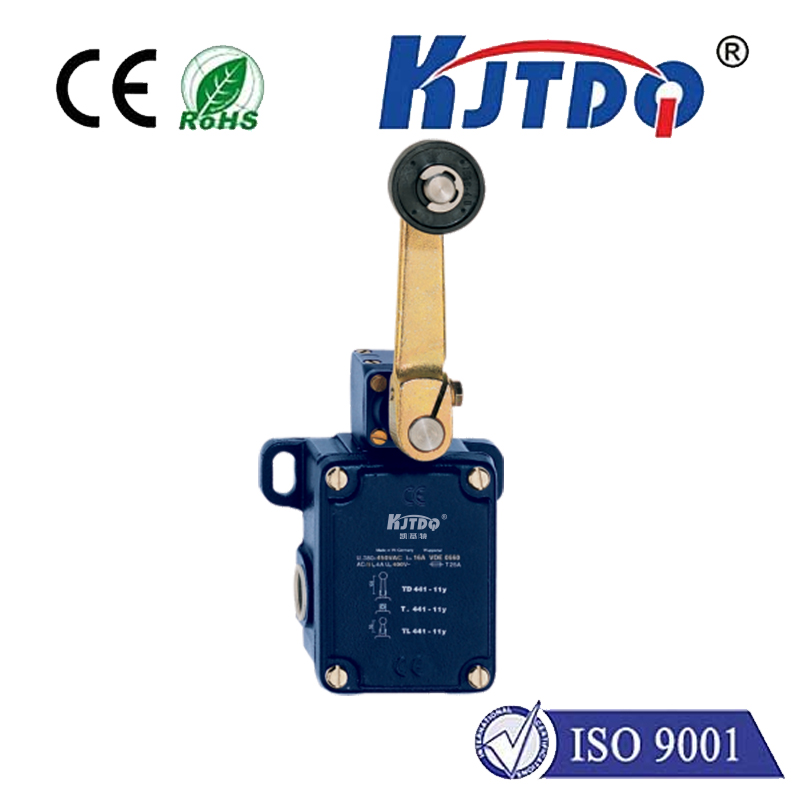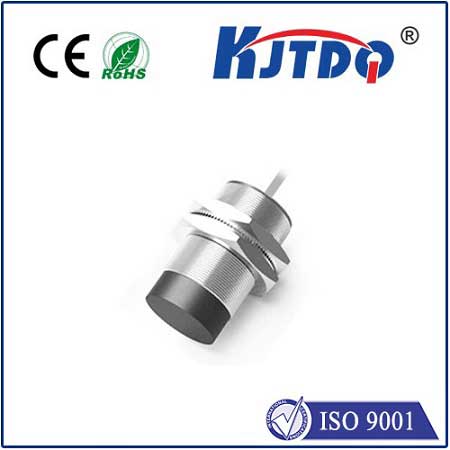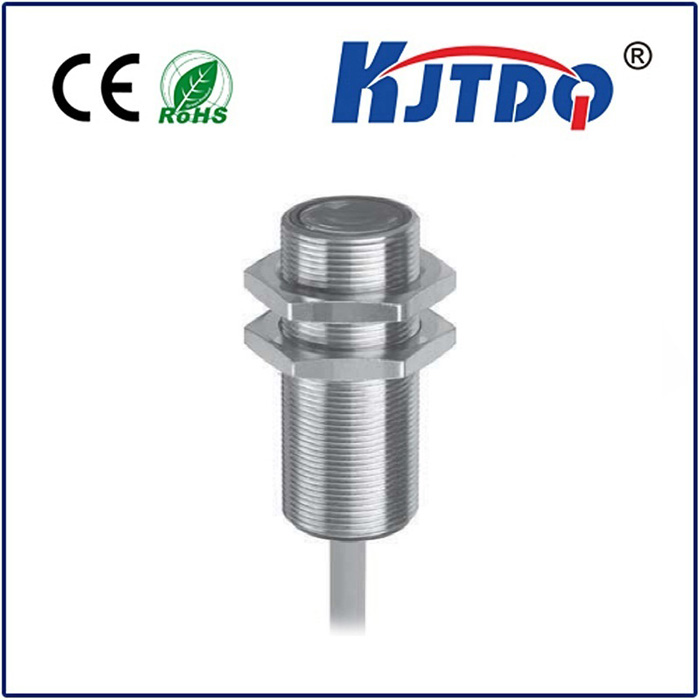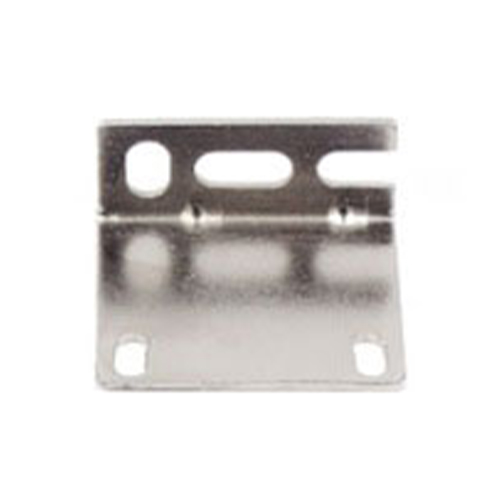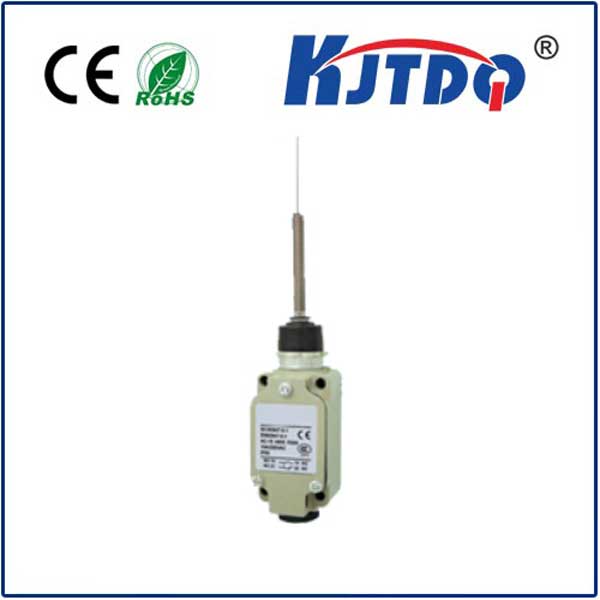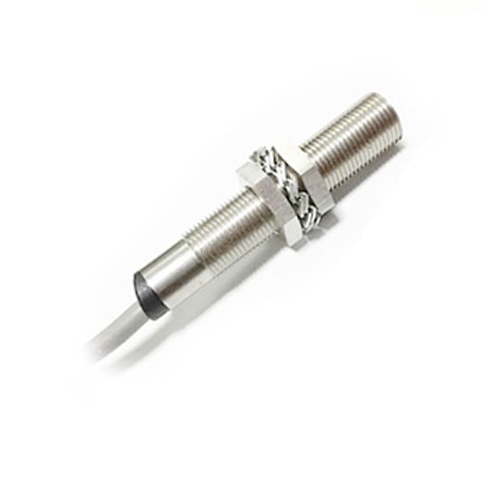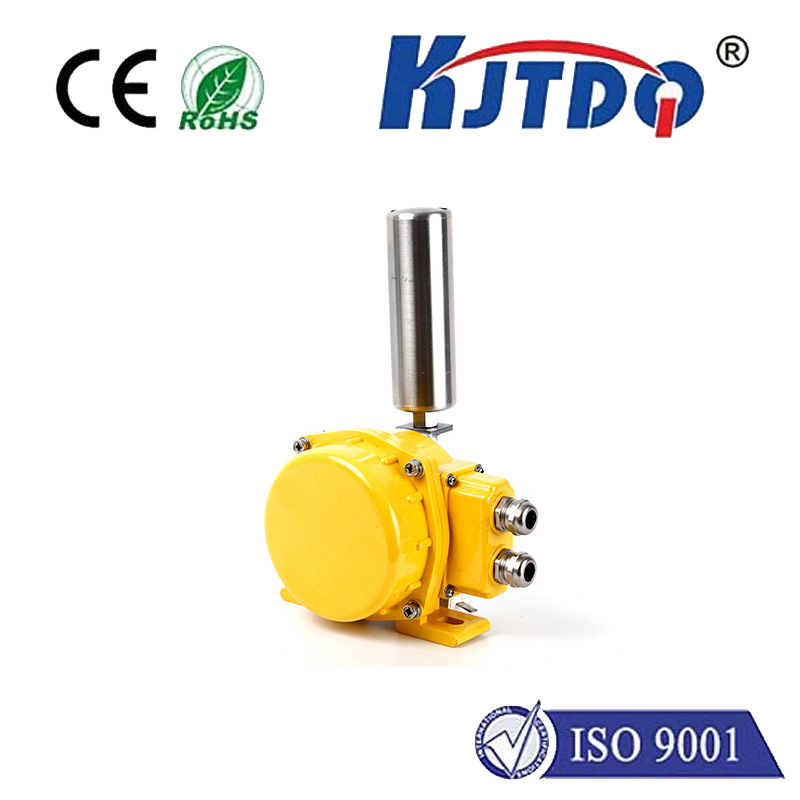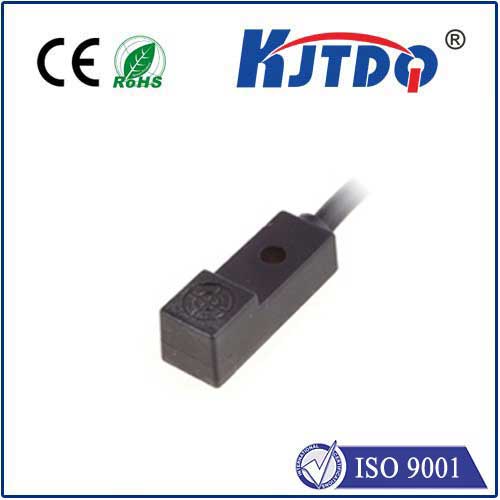

check

check

check

check
Ever wondered how factories seamlessly track products zooming down a conveyor or precisely position robotic arms? Often, the silent heroes enabling this efficiency are photoelectric sensors like the Omron E3FA-LN21. This specific 24V DC model stands as a cornerstone of dependable object detection across countless industrial settings.
At its core, a photoelectric sensor detects objects, changes in surface conditions, or other physical phenomena via a beam of light. The fundamental principle involves an emitter sending out light and a receiver detecting it. When an object interrupts this light beam (or reflects it, depending on the type), the sensor triggers an electrical signal. This simple, non-contact method of detection is incredibly versatile, fast, and reliable, making it indispensable for automation, counting, positioning, and safety applications.

The E3FA-LN21 belongs to the category of through-beam photoelectric sensors. This means it has a physically separate emitter unit (E3FA-LP21) and receiver unit (E3FA-LN21). The emitter projects a beam of light directly to the receiver. When an object passes between them, interrupting this beam, the receiver’s output state changes (typically from “ON” to “OFF” or vice-versa, depending on configuration). Through-beam sensors are renowned for offering the longest sensing distances and highest immunity to environmental factors like target color, texture, or reflectivity compared to other types.
Operating reliably on a standard 24V DC power supply is a defining characteristic and a significant advantage of the E3FA-LN21. Why is the 24V DC operating voltage so crucial? It’s the predominant control voltage used in industrial machinery and control panels worldwide. This universality translates directly into simplified integration. Engineers and technicians can readily connect this sensor to existing PLCs (Programmable Logic Controllers), relays, and other control equipment without needing special power converters or complex wiring adjustments. Furthermore, 24V DC is considered a safe extra-low voltage (SELV) in many contexts, reducing risks associated with electrical shock during installation and maintenance compared to higher line voltages. The LN21 receiver specifically operates within this standard voltage range, ensuring broad compatibility with industrial ecosystems.
Delving into the key specifications, the E3FA-LN21 excels in demanding environments:
| Key Specifications Summary | Description |
|---|---|
| Operating Voltage | 24V DC ±10% |
| Sensing Distance | Up to 15m (with matched emitter) |
| Output Type | Solid-state NPN (Sinking) |
| Protection Rating | IP67 (Dust-tight, Water Immersion Resistant) |
| Operating Temperature | -25°C to +55°C |
| Ambient Light Resistance | High (typically 10,000 Lux max.) |
| Connection | Pre-wired cable (e.g., 2m) |
Where does the E3FA-LN21 truly shine? Its long range and robust nature make it ideal for numerous applications:
Compared to Retro-reflective or Diffuse Sensors: While the E3FA-LN21 is a through-beam champ, it’s worth briefly noting alternatives. Retro-reflective sensors (like Omron’s E3Z-R series) house both emitter and receiver in one unit and bounce light off a reflector, offering a good balance of range and easier alignment than through-beam, but slightly less range and potentially affected by shiny objects. Diffuse-reflective sensors (e.g., Omron E3Z-D) also combine emitter/receiver but detect light reflected directly off the target, offering the simplest installation but the shortest range and highest sensitivity to target color and surface properties. **Choosing the

